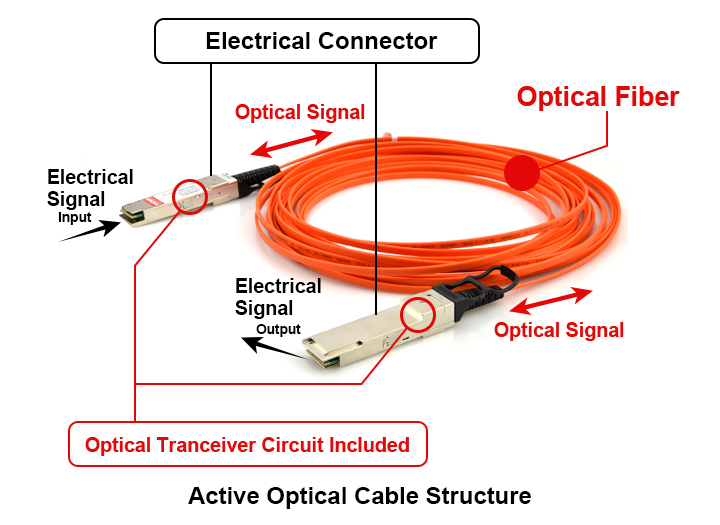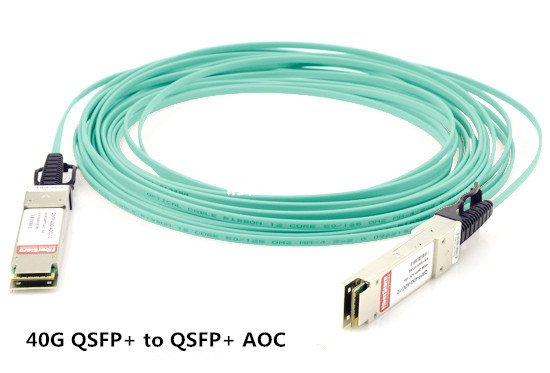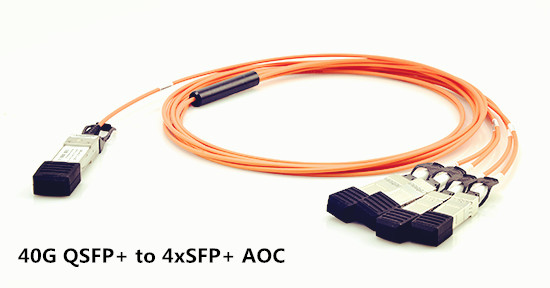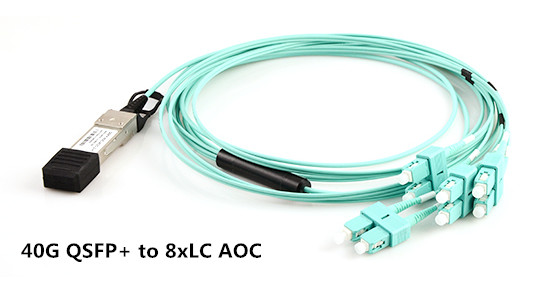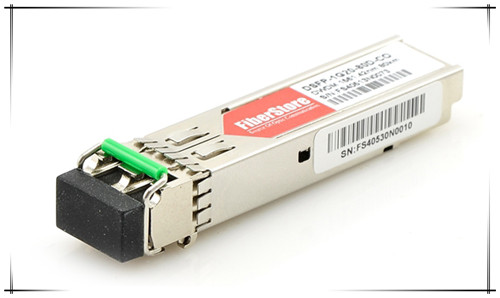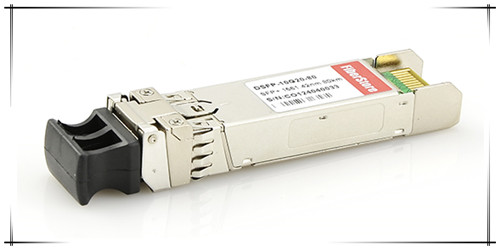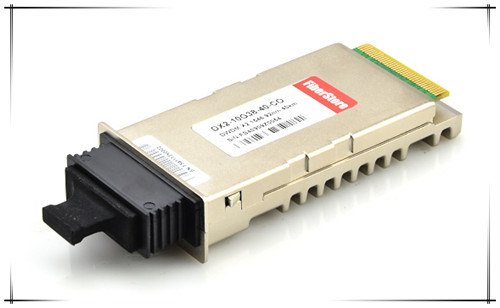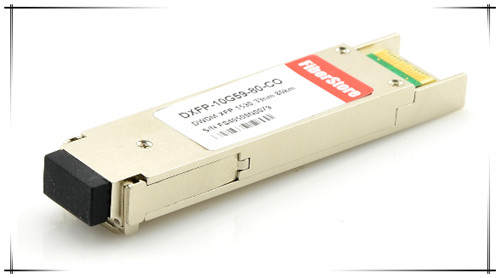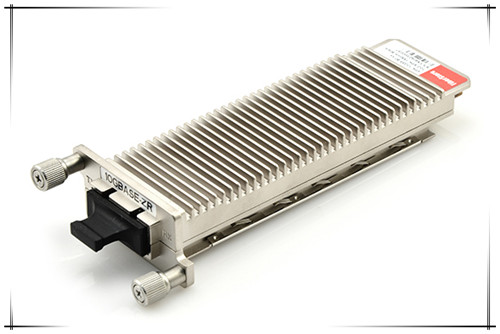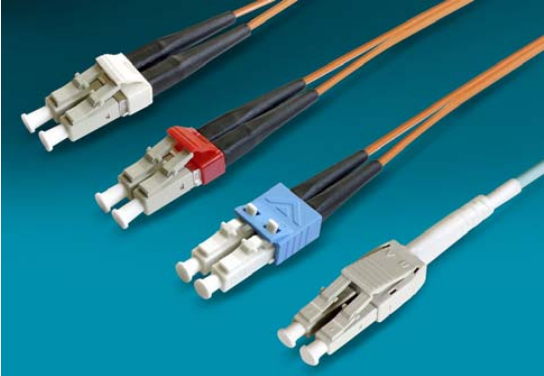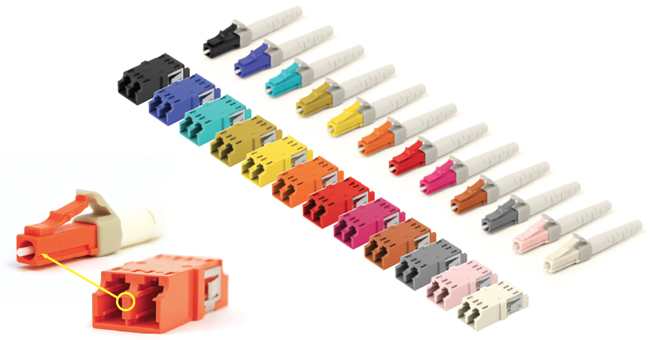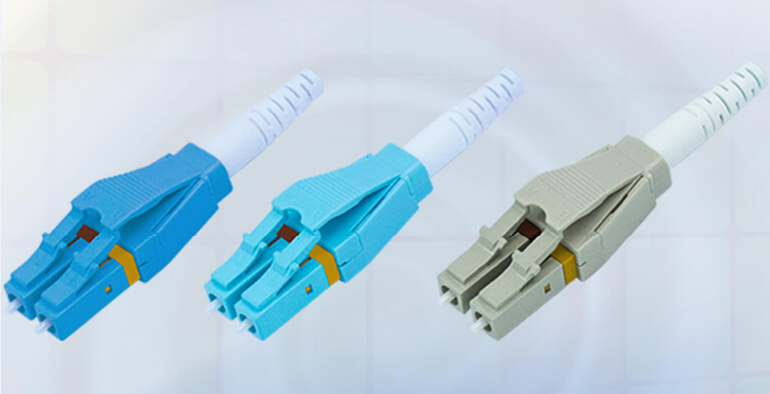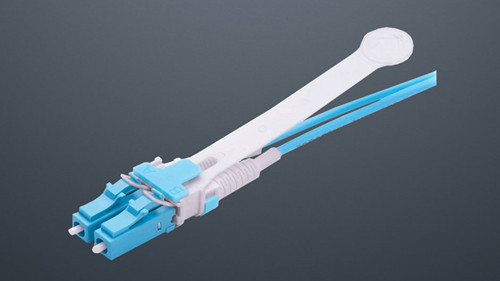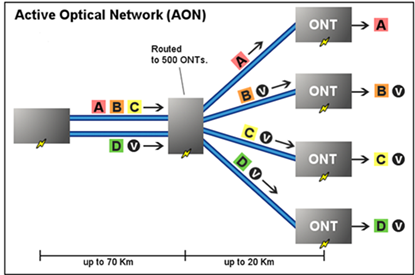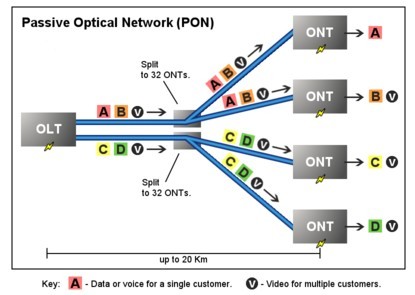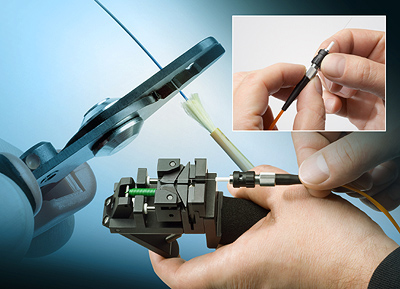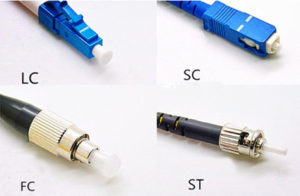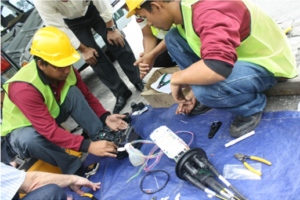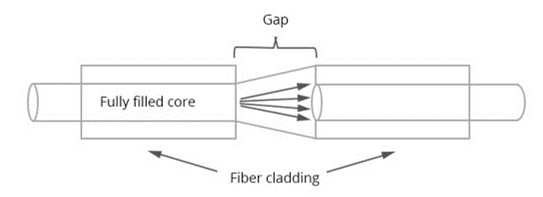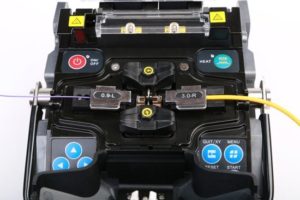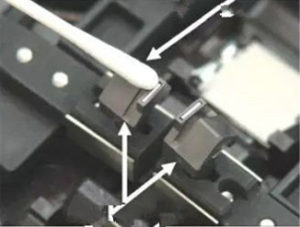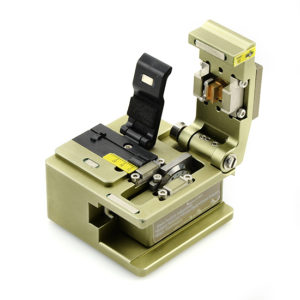Fiber optic testing and troubleshooting are necessary processes in fiber optic cabling. Usually the common tools for this use are visual faults locator, optical power meter, OTDR, etc. Today, this post would introduce another device that also can be used to diagnose a problem of optical equipment—fiber optic loopback. Fiber optic loopbacks can provide an economical solution for a number of fiber optic test applications. Now let’s get together to know more about it.
Fiber optic loopback has two fiber optic connectors on each end of the cable. Generally, there are two forms of fiber optic loopbacks: fiber optic loopback cable and fiber optic loopback module. The biggest difference between them is that fiber optic loopback module has an enclosure to protect the cable inside. Fiber optic loopback is used to provide a medium of return patch for an optical signal, especially for fiber optic testing applications and network restorations. And it is very useful when you have a physical connection problem. Fiber optic loopbacks have different compact designs, and they are compliant with Fast Ethernet, Fibre Channel, ATM (Asynchronous Transfer Mode) and Gigabit Ethernet.
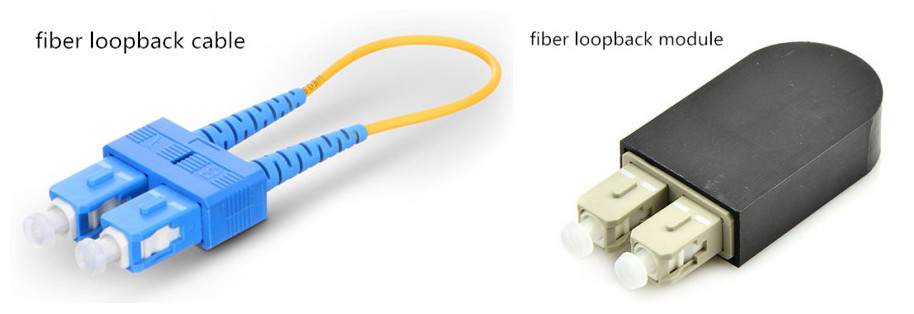
As we have mentioned above, fiber optic loopbacks have two fiber connectors on each end, which is similar to fiber patch cords. Therefore fiber loopback cables can be classified by the connector types such as LC fiber loopback, SC fiber loopback, FC fiber loopback and MTRJ fiber loopback. Each type has the similar features with corresponding connectors. Take LC fiber optic loopback cable for example. SC fiber optic loopback plug connector is compliant to IEC, TIA/EIA, NTT and JIS specifications. It has pulls proof design. And this loopback cable has a low cost but high performance, which makes it one of the most popular cables. Besides, fiber optic loopback cables also can be divided into single-mode and multimode loopbackes. These classified methods mentioned above also go with the practice of fiber optic loopback modules because of their similar structures.
Fiber optic loopbacks can be used in a number of applications such as equipment interconnection, device pig-tailing, premise networks, patch panel applications and communications connections. But here I’d like to introduce one of its common application—fiber optic loopback testing.
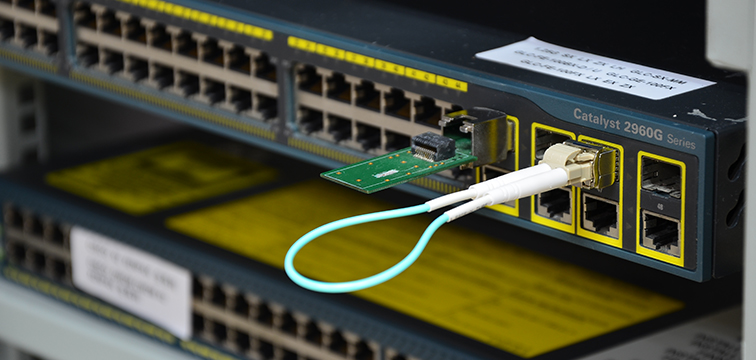
A fiber loopback test is a hardware or software method which feeds a received signal or data back to the sender. It is used as an aid in debugging physical connection problems. And the fiber loopback test can be utilized to check whether the fiber optic transceiver is working perfectly as designed. As we all know, fiber optic transceiver has two ports, a transmitter port and a receiver port. The former one is to send out laser signals and the latter is to receive signals. Thus, during the testing process, the loopback module directly routes the laser signal from the transmitter port back to the receiver port. Then we can compare the transmitted pattern with the received pattern to make sure they are identical and have no errors. Fiber optic loopback testing is the easiest way to ensure that the transceiver works faultlessly.
All in all, even if fiber optic loopbacks have the same division ways of fiber optic cables, they are designed for equipment testing, self-testing, engineering, network diagnostics and measurement applications. Besides, the fiber optic loopbacks with precision ceramic ferrule feature extremely low loss for transparent operation in the test environment and in form of cable and module types. Therefore they play an important role in troubleshooting in laboratories and manufacturing environments and provide an effective way to test the transmission capability and receiver sensitivity of optical network equipment.
Related Article: What Is Loopback Cable And How to Use It?

